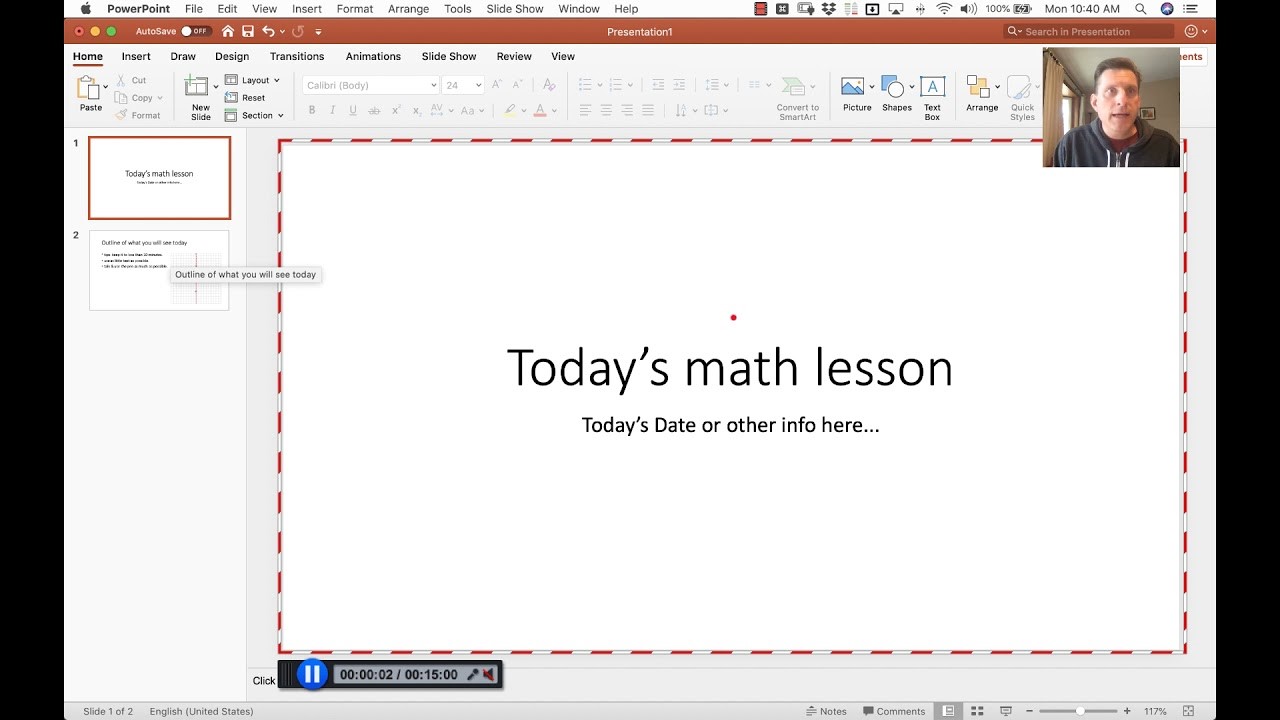Online screen recorders have become an essential tool for creating engaging video tutorials. These software applications allow users to capture and record their computer screens, along with audio and webcam footage, to create informative and visually compelling videos. Whether you're a teacher, a software developer, or a content creator, online screen recorders can help you make high-quality video tutorials that engage and inform your audience.
One of the biggest advantages of using online screen recorders is their ease of use. Most of these applications are web-based and require no installation, making them accessible to anyone with an internet connection. They also come with a range of features that allow you to customize your videos, such as the ability to add text, annotations, and special effects. With online screen recorders, you can create professional-looking videos in a matter of minutes, without any technical expertise.

Another benefit of using online screen recorders is their versatility. You can use them to create a wide range of video tutorials, from software demos and product reviews to educational lectures and training sessions.
By combining screen recordings with other types of media, such as images and animations, you can create engaging and informative videos that capture your audience's attention and keep them engaged. With the right tools and techniques, online screen recorders can help you create video tutorials that are both effective and enjoyable to watch.
Understanding Video Tutorials
Video tutorials are a popular way of learning new skills, software, or tools. They allow users to learn at their own pace, pause, rewind, and replay as needed. Video tutorials can be created using online screen recorder tools, which capture the user's screen and audio to create a video that can be shared online.
Video tutorials can be used for a variety of purposes, such as:
-
- Teaching a new software or tool
- Demonstrating a process or workflow
- Providing step-by-step instructions
- Sharing knowledge and expertise
Video tutorials can be engaging and effective when created properly. They should be clear, concise, and easy to follow. The following are some tips for creating engaging video tutorials:
-
- Start with an introduction that explains the purpose of the tutorial and what the user will learn.
- Break the tutorial into smaller sections or steps to make it easier to follow.
- Use visuals, such as arrows and highlights, to draw attention to important parts of the screen.
- Use clear and concise language, avoiding jargon and technical terms when possible.
- Provide examples and practical exercises to help users apply what they have learned.
- End with a summary and a call to action, such as asking users to leave a comment or subscribe to the channel.
Overall, video tutorials can be a valuable tool for teaching and sharing knowledge. By following these tips, creators can create engaging and effective video tutorials that help users learn and grow.
Importance of Engaging Video Tutorials
Engaging video tutorials are an essential component of online learning. They provide an interactive and immersive learning experience that helps learners retain information better. Video tutorials are an effective way of delivering complex information in a concise and easy-to-understand manner. They are also an excellent way to demonstrate how to perform a task or use a tool.
One of the key benefits of engaging video tutorials is that they keep learners interested and motivated. By using visuals, animations, and other multimedia elements, video tutorials can capture learners' attention and keep them engaged throughout the learning process. This is especially important in today's fast-paced world, where learners have shorter attention spans and are easily distracted.
Another advantage of engaging video tutorials is that they can be accessed anytime, anywhere. Learners can watch the tutorials on their own time and at their own pace, which allows them to learn at their own speed. This flexibility is particularly important for learners who have busy schedules or who live in different time zones.
Moreover, engaging video tutorials can be used to enhance the learning experience for learners with different learning styles. Some learners are visual learners who prefer to learn through images and videos, while others are auditory learners who prefer to learn through sound and speech. Video tutorials can cater to both types of learners by incorporating visual and auditory elements.
Final Words
In conclusion, engaging video tutorials are an important tool for online learning. They provide an interactive and immersive learning experience that helps learners retain information better. By keeping learners interested and motivated, video tutorials can enhance the overall learning experience and improve learning outcomes.
Recommended For You:




